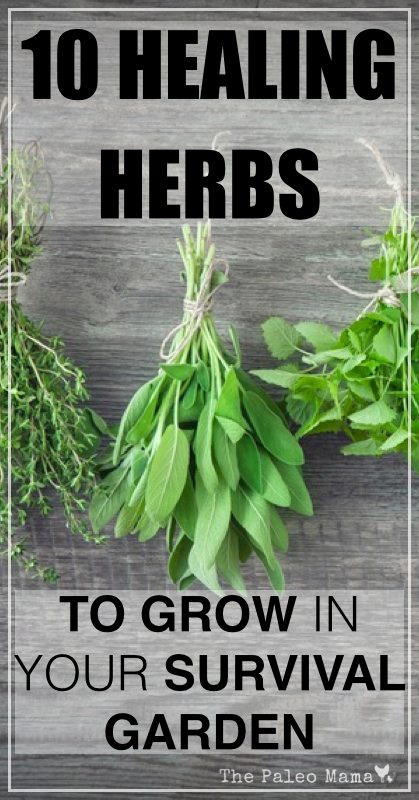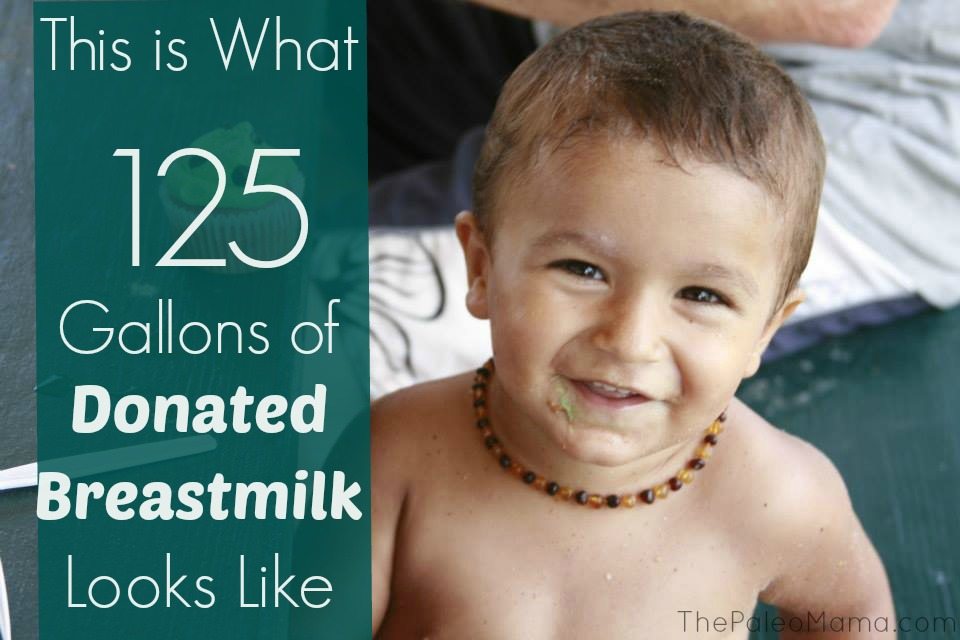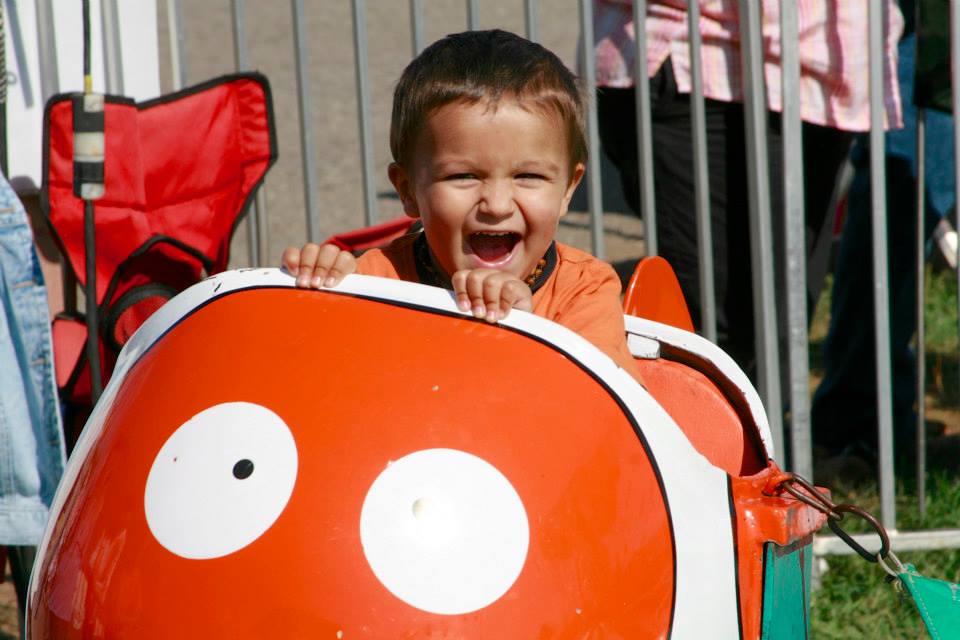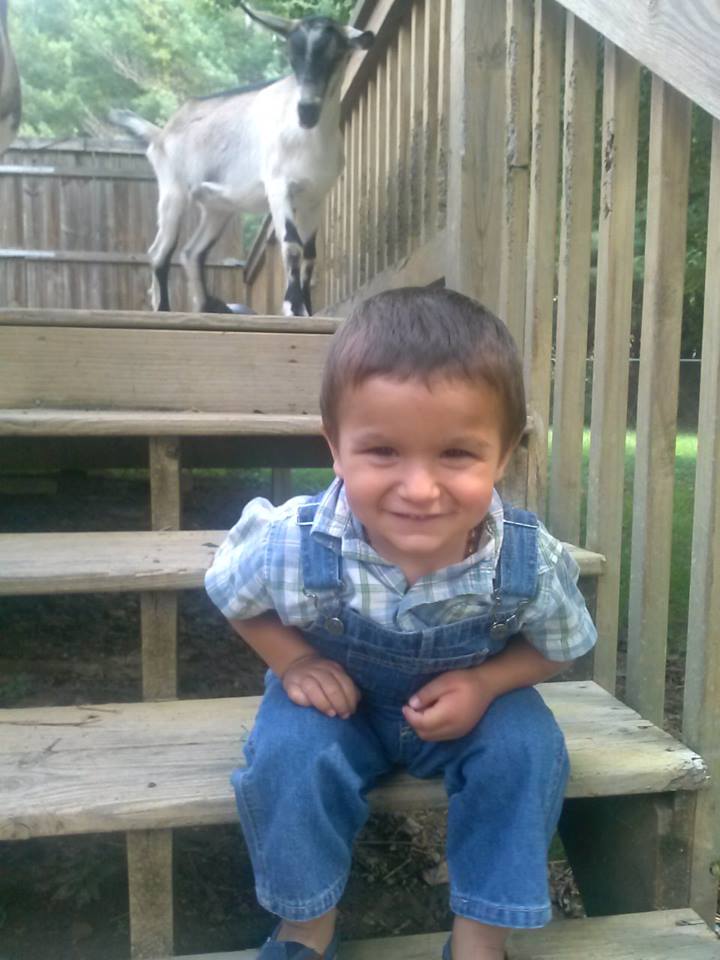
What we are talking about on this episode:
- Jackie’s journey of getting breast implants
- What breast implant illness is
- Symptoms of breast implant illness
- How to safely explant
- Detoxification after explanting
Episode Summary:
First, if you are satisfied with your body – power to you! This story only represents Jackie’s testimony and how she felt about her breast augmentation and her body.
She takes you through the whole history of how she came to have breast implants through her explant surgery, with all the emotional details and advice she has for those of you who may be interested in learning about the safety issues of implants and how to help your body heal.
Resources Mentioned:
- Website for more information on Breast Implant Illness: https://healingbreastimplantillness.com
- Plastic Surgeons who can perform explants En Bloc/ Capsulectomy: http://healingbreastimplantillness.com/explant-surgeons/
- My Surgeon: Dr Bahair Ghazi
5673 Peachtree Dunwoody Road, NE#870, Atlanta, Georgia, US, 30342 - Questions to ask a plastic surgeon: http://bit.ly/2CrKark
- 23 and Me Genetic testing to find out if you have a MTHFR gene mutation: https://www.23andme.com
- Essential oils I used in my recovery: rose, melaleuca and neroli. http://www.thepaleomama.com/essential-oils
- Healing Salve Recipe for scars: http://bit.ly/2Dib1rc







